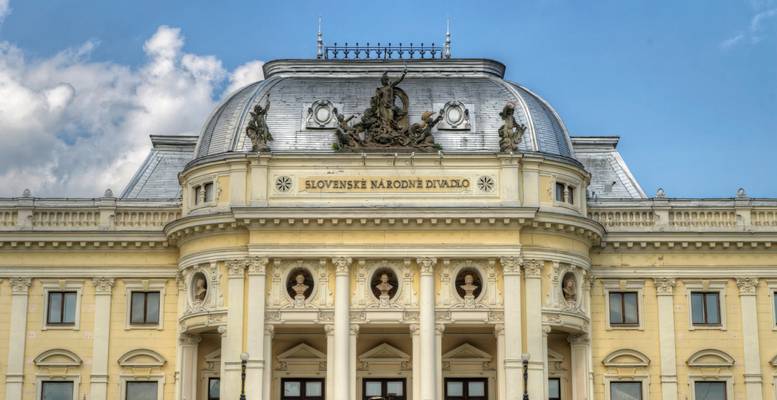
Historické jadro

by jim stephenw
Located by the Hviezdoslav Square, the Neo-Renaissance building was built in 1885–1886 during the time of Austria-Hungary, based on a design by the Viennese architects Fellner & Helmer, who designed theatre buildings in 10 European countries. It was opened as the City Theatre on September 22, 1886 with the opera Bánk Bán of Ferenc Erkel, which is one of the most important Hungarian operas. As a sign of this event's importance, Kálmán Tisza Hungarian the Prime Minister and his whole government took part in this ceremony. The gala performance was conducted by Ferenc Erkel himself. The original building was designed for 1000 spectators and was illuminated using 800 gas lamps, while the auditorium had a lustre with 64 lights. The interior was decorated with frescos by Pressburg/Pozsony native painter Kornél Spányik and by paintings by Munich artist Leo Lüttgendorf-Leinburg, among others. The City Theatre was hired by German and Hungarian professional theatre companies, but beginning in 1919 (at the creation of Czechoslovakia), it was used by Czech and later also Slovak ensembles. In 1920 it became the Slovak National Theatre.
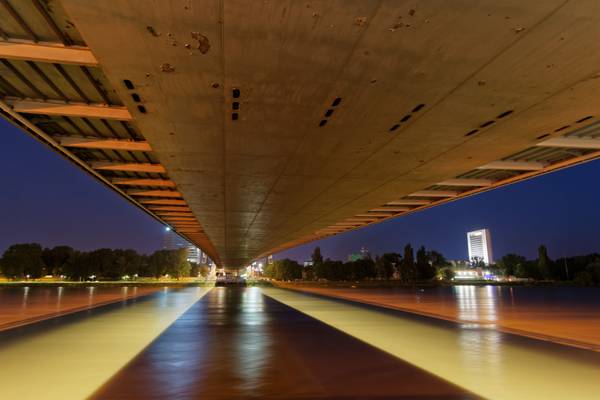
by jim stephenw
Most SNP ("Bridge of the Slovak National Uprising"), commonly referred to as Most Slovenského Národného Povstania or the UFO Bridge, and named Nový Most ("New Bridge") from 1993 to 2012, is a road bridge over the Danube in Bratislava, the capital of Slovakia. It is the world's longest bridge to have one pylon and one cable-stayed plane. Nový Most is an asymmetrical cable-stayed bridge with a main span length of 303m, a total length of 430.8m, a width of 21m and a weight of 537 t. There are four lanes for motor traffic on the upper level and lanes for bicycles and pedestrians on the lower level.
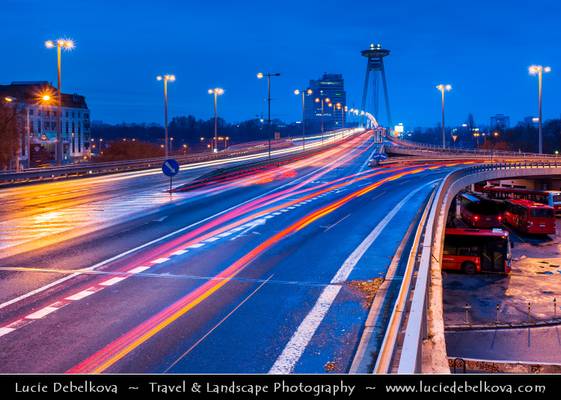
** Join me on Facebook | Google+ | Twitter | 500px | Instagram **
It is the 32nd-tallest, and thus shortest, member of the...
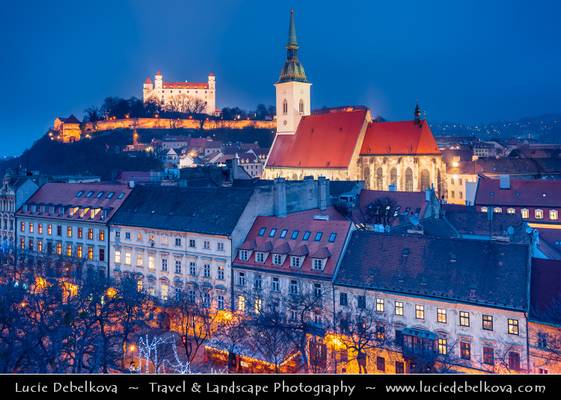
** Join me on Facebook | Google+ | Twitter | 500px | Instagram **
Bratislava (Pressburg - Pozsony) is the capital of Slovakia...

by jim stephenw
Most SNP ("Bridge of the Slovak National Uprising"), commonly referred to as Most Slovenského Národného Povstania or the UFO Bridge, and named Nový Most ("New Bridge") from 1993 to 2012, is a road bridge over the Danube in Bratislava, the capital of Slovakia. It is the world's longest bridge to have one pylon and one cable-stayed plane. Nový Most is an asymmetrical cable-stayed bridge with a main span length of 303m, a total length of 430.8m, a width of 21m and a weight of 537 t. There are four lanes for motor traffic on the upper level and lanes for bicycles and pedestrians on the lower level.
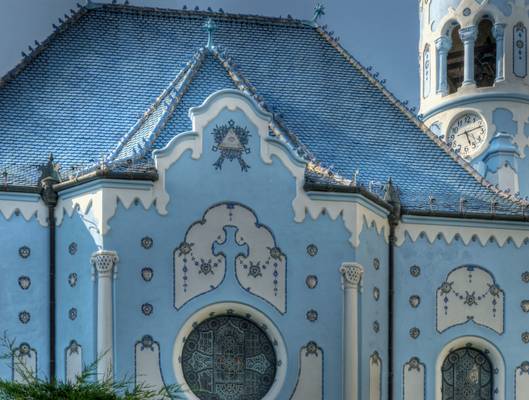
by jim stephenw
The Church of Saint Elizabeth, commonly known as Blue Church is a Hungarian Secessionist Catholic church located in the eastern part of the Old Town in Bratislava, present day Slovakia. It is consecrated to Elisabeth of Hungary, daughter of Andrew II, who grew up in the Pressburg Castle. It is referred to as "The Little Blue Church" because of the colour of its façade, mosaics and blue-glazed roof.
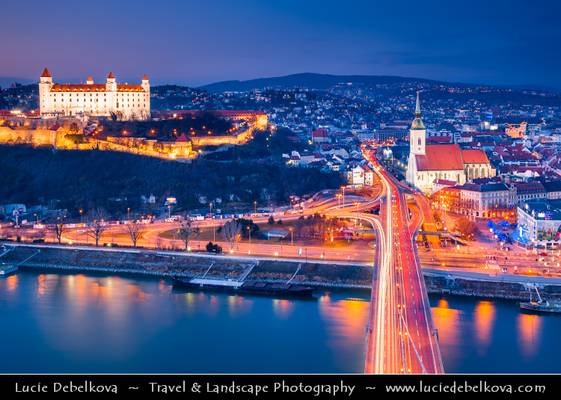
** Join me on Facebook | Google+ | Twitter | 500px | Instagram **
Bratislava (Pressburg - Pozsony) is the capital of Slovakia...

by jim stephenw
Located by the Hviezdoslav Square, the Neo-Renaissance building was built in 1885–1886 during the time of Austria-Hungary, based on a design by the Viennese architects Fellner & Helmer, who designed theatre buildings in 10 European countries. It was opened as the City Theatre on September 22, 1886 with the opera Bánk Bán of Ferenc Erkel, which is one of the most important Hungarian operas. As a sign of this event's importance, Kálmán Tisza Hungarian the Prime Minister and his whole government took part in this ceremony. The gala performance was conducted by Ferenc Erkel himself. The original building was designed for 1000 spectators and was illuminated using 800 gas lamps, while the auditorium had a lustre with 64 lights. The interior was decorated with frescos by Pressburg/Pozsony native painter Kornél Spányik and by paintings by Munich artist Leo Lüttgendorf-Leinburg, among others. The City Theatre was hired by German and Hungarian professional theatre companies, but beginning in 1919 (at the creation of Czechoslovakia), it was used by Czech and later also Slovak ensembles. In 1920 it became the Slovak National Theatre.
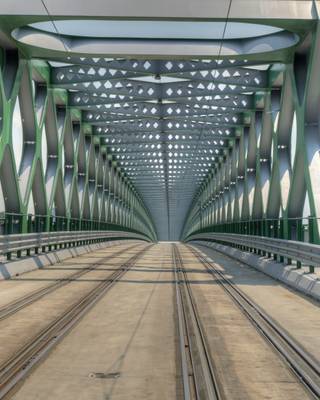
by jim stephenw
Starý Most (English: Old Bridge) is a bridge over the river Danube in Bratislava, Slovakia. The 460-meter-long (1,510 ft) bridge included a wooden pathway for pedestrians, a two-lane road and railway track, connecting the historic old city of Bratislava with the newer region Petržalka. The bridge was closed for cars in 2009 and for buses on 14 May 2010. On 2 December 2013 it was also closed for pedestrian and bicycle traffic because deconstruction of the bridge began the last week of November. At the time of its closure it was the oldest still-standing bridge in Bratislava. As of December 2015, the bridge was replaced by a new one for pedestrians, cyclists and trams, as part of new tram track to Petržalka.
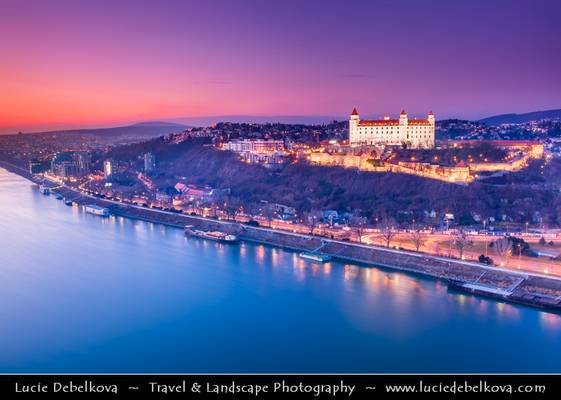
**Join me @ Facebook | Twitter | 500px | Instagram | YouTube **
Bratislava (German: Pressburg (Preßburg), Hungarian:...
Thanks to all Phoide contributors to Historické jadro!
Most notably jim stephenw.